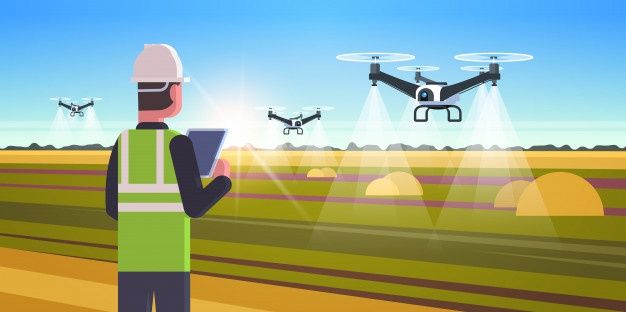Meta Description
Learn how drone surveys offer cost-effective solutions for large-scale construction projects, enhancing accuracy and reducing timeframes.
Introduction
In the fast-paced world of construction, efficiency and accuracy are crucial. With increasing project demands and tight deadlines, construction companies constantly seek innovative solutions. Drone surveys have emerged as a transformative technology that provides cost-effective solutions for large-scale construction projects. By leveraging aerial imagery and data collection, drones enhance operational efficiency while cutting costs. This article explores the key advantages of using drones in construction and highlights their impact on project management and overall success.
Benefits of Drone Surveys in Constructionhttps://cadsonline.com/insights/survey/5-benefits-of-using-a-drone-for-land-surveys/
1. Enhanced Accuracy
Drones equipped with high-resolution cameras and advanced sensors, such as LiDAR (Light Detection and Ranging), capture detailed aerial imagery and create precise 3D models. This technology significantly reduces errors in mapping and surveying, allowing construction teams to make decisions based on reliable data. Consequently, companies can lower rework rates, saving both time and money throughout the project lifecycle.
2. Time Efficiency
In construction, time is money. Drones drastically reduce the time needed for site surveys. Traditional surveying methods can take days or weeks, but drones can complete these tasks in just hours. This rapid data collection allows project managers to make quicker decisions, adjust plans on the fly, and keep projects on schedule. As a result, faster completion of surveys enhances overall productivity.
3. Cost-Effective Solutions
Implementing cost-effective drone solutions leads to significant savings. Drones minimize the need for extensive manual labor and reduce project delays, which contributes to budget efficiency without compromising quality. For example, companies can save on labor costs associated with ground surveying and decrease equipment rental expenses. Thus, the return on investment becomes clear when considering the reduced operational costs and the potential for completing projects under budget.
Applications of Drones in Large-Scale Construction https://www.jouav.com/industry/drone-in-construction
1. Site Surveying
Drones simplify the site surveying process by providing real-time data that teams can analyze quickly and easily. This capability gives construction teams a comprehensive view of the site, leading to better planning and resource allocation. Drones can cover large areas in a short time, capturing high-quality data that traditional methods may not easily obtain.
2. Progress Monitoring
Regular drone flights allow for effective monitoring of project progress. By capturing images and data at various construction stages, stakeholders can visualize advancements and identify potential issues early. This proactive approach helps maintain timelines and budgets while ensuring the project meets quality standards. Frequent updates also improve communication among team members, clients, and stakeholders.
3. Safety Inspections
Drones play a vital role in safety inspections by enabling remote assessments of hazardous areas. Construction sites often have locations that are difficult or dangerous for personnel to access, such as high elevations or unstable terrain. Drones can gather data and images from these hard-to-reach places quickly, ensuring comprehensive safety checks without putting workers at risk. This capability improves site safety and enhances regulatory compliance.
Cost-Benefit Analysis of Drone Surveys
To illustrate the advantages of drone surveys, consider a comparison between traditional surveying methods and drone technology. For instance, a construction project that typically requires a week of manual surveying can be completed in a fraction of that time using drones. By showcasing case studies and statistics, you can demonstrate how the initial investment in drone technology pays off through reduced labor costs, fewer project delays, and improved data accuracy. This compelling cost-benefit analysis makes a strong case for integrating drones into construction workflows.
Visual Content
Incorporating visual content, such as images and videos of drone surveys in action, can significantly enhance readers’ understanding of the technology’s capabilities. Showcasing before-and-after shots, aerial views of construction sites, and video demonstrations effectively communicates the benefits of drone surveys. Visual content not only engages readers but also reinforces the practical advantages discussed in the article.https://afconesinfra.in/about/
Conclusion
Incorporating construction project drones into large-scale projects offers numerous benefits, from enhanced accuracy to significant cost savings. As the construction industry continues to evolve, leveraging drone technology will streamline operations and position companies as leaders in innovation. By adopting drones, construction firms can improve project management, increase safety, and enhance their competitive edge in the market.https://afconesinfra.in/contact/

